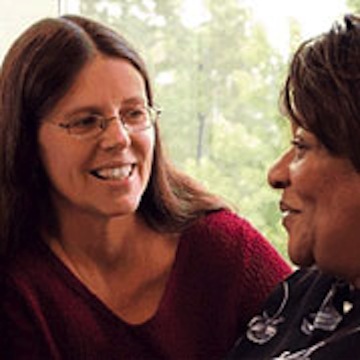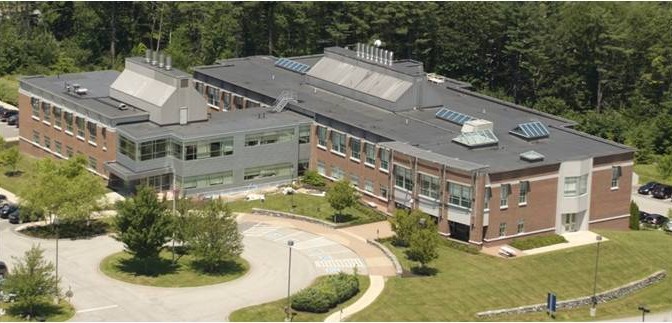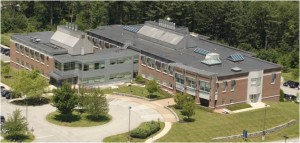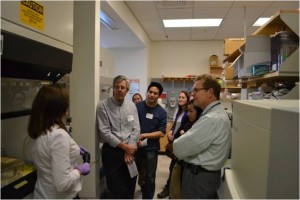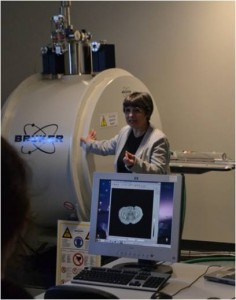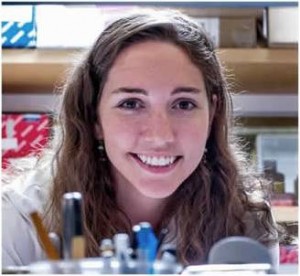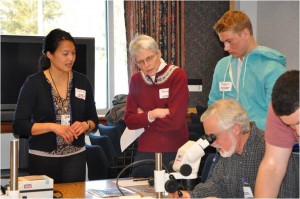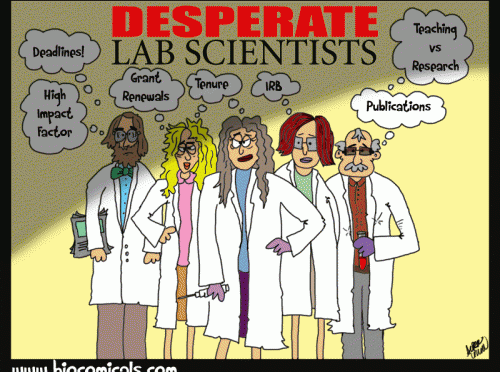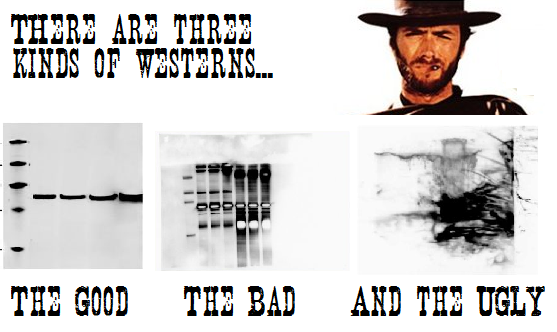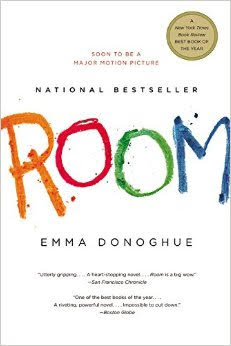How do I find journal articles about…?
The best place to search for journal articles is a bibliographic database, such as PubMed or Web of Science. Bibliographic databases index and organize citations to published literature, such as journal, newspaper and magazine articles or books and book chapters. Databases are often devoted to specific subjects, such as life sciences or engineering, and have sophisticated search features that allow you to retrieve relevant results.
How do I choose which database to search?
Tufts subscribes, or otherwise provides access to, hundreds of databases. When choosing a database, consider the subjects, dates and types of material (journal articles, books, conference proceedings, patents, etc.) that the database covers. The Find Articles page of the Biomedical Sciences Resource Guide (http://researchguides.library.tufts.edu/biomedical_research) provides a brief list of databases. A complete list of biomedical databases available at Tufts can be found here: http://www.library.tufts.edu/hsl/resources/dbases.html. Depending on your topic and purpose, you many need to search more than one database. When in doubt, just ask!
What about Google Scholar?
Google Scholar uses an algorithm to search scholarly literature available on the web. Like Google, results in Google Scholar are ranked and displayed according to relevance, with few options to filter the results. The careful selection of materials, indexing, and search capabilities of databases mean that you will usually get more precise results than a search in Google Scholar. I use Google Scholar to: supplement searches that I have done in databases; find grey literature (literature produced by government, academia, business or organizations and made available by means other than commercial publishers, for example, reports or white papers); find the full text of an article.
How do I find the full text of an article?
If you have found the article in a database, then look for the blue ‘Find It@Tufts’ button, which should take you directly to the full text if it is available through Tufts. Remember, you must access PubMed via the library homepage to see this button.
If you access Google Scholar from the library homepage, then you will see a ‘Get This Item at Tufts’ link if the article is available electronically through Tufts Libraries.
If you have the title of a journal article and want to know whether or not the full text is available through Tufts, simply copy and paste the title into JumboSearch (http://tufts.summon.serialssolutions.com/#!/; also accessible from the library homepage).
An article that I want is only available in print at a Tufts library. Does this mean that I have to go to the library to retrieve it?
No! If an article is available in print at any Tufts library (including Hirsh Health Sciences Library), then you can request that it be scanned and delivered to you electronically. This service is free and there is no limit to the number of requests that you may submit. Submit requests via ILLiad (https://illiad.library.tufts.edu/illiad/TFH/logon.html).
What if the full text of an article that I need is not available either in print or electronically at Tufts?
If an article is not available at Tufts, then you can submit a request for the article to be retrieved from another library and delivered to you electronically. Students have 20 free requests per academic year for items from non-Tufts libraries. A $4 fee per request will be charged once the 20 request limit has been surpassed (for more information, see: http://www.library.tufts.edu/hsl/services/docDelPolProc.html). Submit requests via ILLiad (https://illiad.library.tufts.edu/illiad/TFH/logon.html).
What if I want to browse the contents of specific journals?
The easiest way to browse and read journals available through Tufts is to use BrowZine, a mobile app that provides direct access to (most) of the journals that Tufts receives electronically. Available for free for both Apple and Android devices, this app allows you to: view current and past journal issues; create a bookshelf of journals of interest to you; and save articles for later reading. BrowZine recently released a web version of their service (http://www.browzine.com/). If you access this site from on campus, then you will be brought directly to the Tufts BrowZine Library. If you access the site from off campus, then select Tufts University and log in with your Tufts username and password. Eventually, you will be able to sync your bookshelf and reading lists between the web version and app. The library does receive some journals in print; current print issues can be found on the 4th floor of Sackler, older issues on the 7th floor.
-Laura Pavlech


